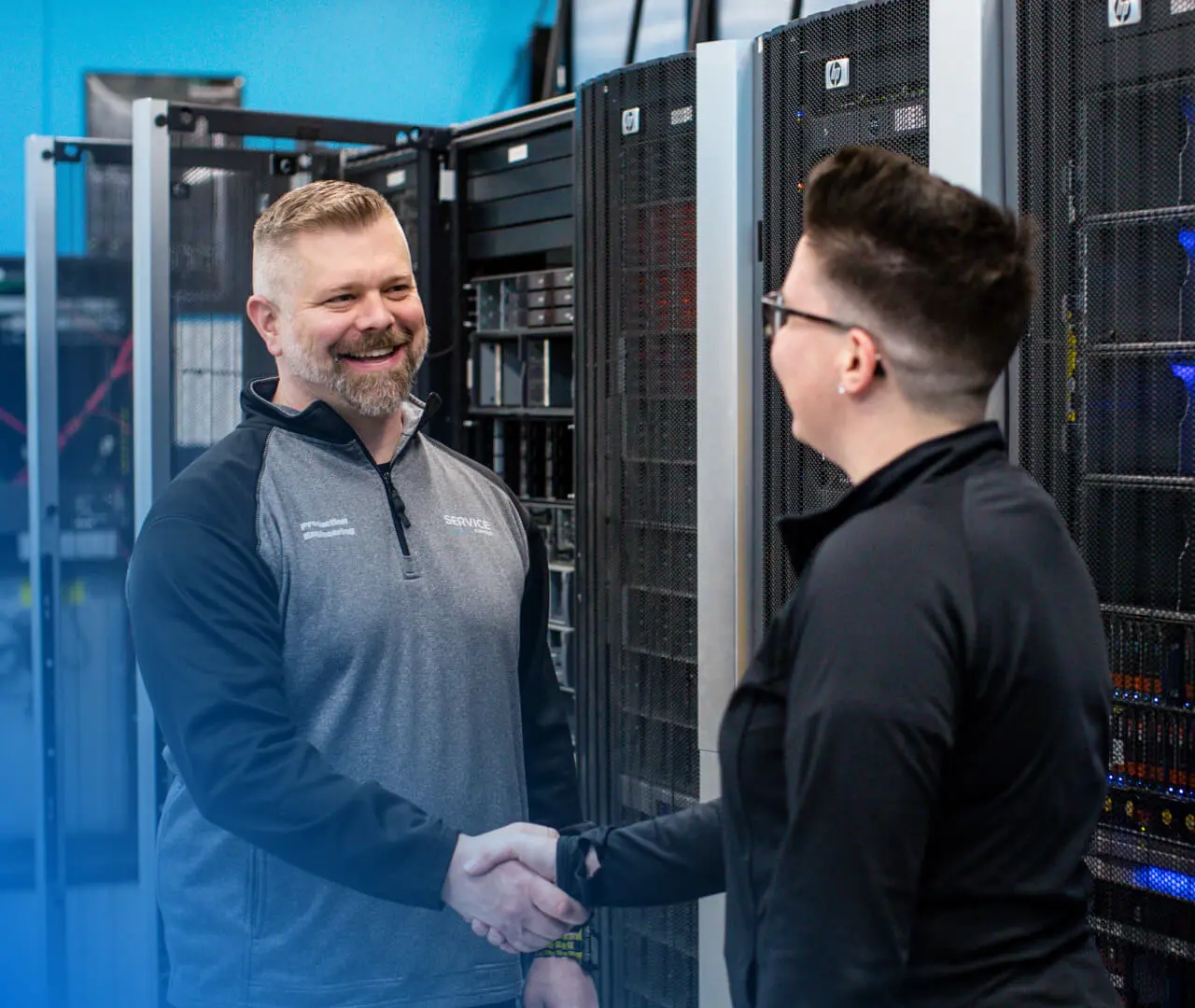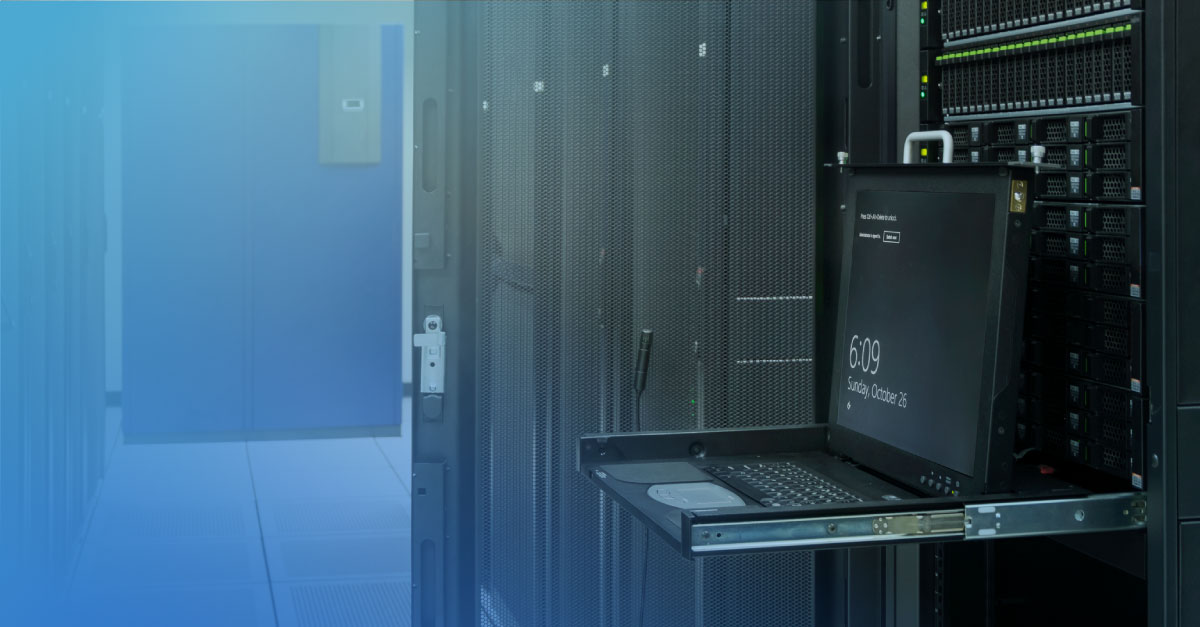Learn what disaster recovery as a service (DRaaS) can do for your IT infrastructure.
It’s vital to keep your IT infrastructure protected with a solution that can recover your business data in the event of a disaster or a cyberattack. Speed must be a top priority of any disaster recovery (DR) solution, as each hour of downtime can cost revenue and jeopardize customer confidence.
Therefore, industries are turning to DRaaS, which performs much faster than traditional DR and has far more capabilities for resilience. No matter what’s behind a disruption, DRaaS reacts quickly to recover information and applications, keeping the impact to a minimum.
What is disaster recovery as a service (DRaaS)?
First, if you’re not familiar with disaster recovery, it’s the practice of restoring IT infrastructure after a cyberattack or any other event resulting in unexpected downtime.
Simply put, DRaaS is cloud-based disaster recovery. It’s slicker, stronger and speedier. Conventional backup and recovery plans take a lot longer to stand your IT estate up after a disruption.
Why DRaaS is important?
A study of over 500 UK businesses, conducted by Beaming, found nearly 50% of companies risk losing critical data and nearly four million companies put their very existence in danger by having inadequate backup and recovery strategies.
93% of companies filed for bankruptcy after significant data loss, according to an investigation by Texas A&M University. These findings applied to businesses that were without their data center for ten days or more.
In the traditional sense, disaster recovery starts with the setup of a dedicated physical site, which needs essential maintenance and support to maximize protection, meaning it can prove to be a rather costly and resource-intensive method.
According to IDG research, 77% of CIOs say they wish to reduce the overall costs of DR solutions, and many are looking to DRaaS providers to do so. The DRaaS advantage over conventional DR is that it comes with best practices, and it sits on the provider’s purpose-built infrastructure.
If the cost of downtime to your business would result in bankruptcy within a day – then a solution that fits those needs must be in place.
These are the serious risks to your data. Data loss is not always the result of a sophisticated cyberattack. Businesses can struggle to recover from a variety of disasters, such as:
- Hardware or system malfunction
- Human errors, such as accidental deletion or misfiling
- Software crashes
- Malware virus infections
- Software corruption
- Virus attacks
- Natural disasters such as fire, floods and hurricanes
Why should your company have a DRaaS plan?
No business should be without DRaaS. It’s a combination of tough security and a speedy reaction, ensuring optimal protection for your digital assets.
When delivered “as a service,” DR becomes lighting fast and has extra resilience at a stronger level. DRaaS can rapidly replicate critical portions of your IT infrastructure — or even your entire IT environment — to another location. With multiple replication target host sites, it ensures geographic diversity.
DRaaS ensures the time to return applications to production is reduced because the data does not need to be restored over the internet. The service can be especially useful for small and medium-sized businesses that lack the necessary expertise to provision, configure and test an effective disaster recovery plan. Using DRaaS also means your organization doesn’t have to invest in – and maintain – its own off-site DR environment.
Create the best defense for your business
By working with you to respond to IT complexities across all cloud and on-premises resources, Service Express can help improve your ability to respond and recover from disruptive or disastrous events, minimizing economic impact, brand damage, or potential for legal liability.
We also offer support for a wide range of operating systems, including IBM i, AIX, Linux and Windows, whilst supporting your x86 and AMD hardware, along with storage, network, private and public cloud environments.
If you’re looking to reduce costs, increase agility and maximize uptime, we can meet your needs with a completely personalized, proactive and cost-effective service, making your IT work harder and smarter for your business.
Topics:




